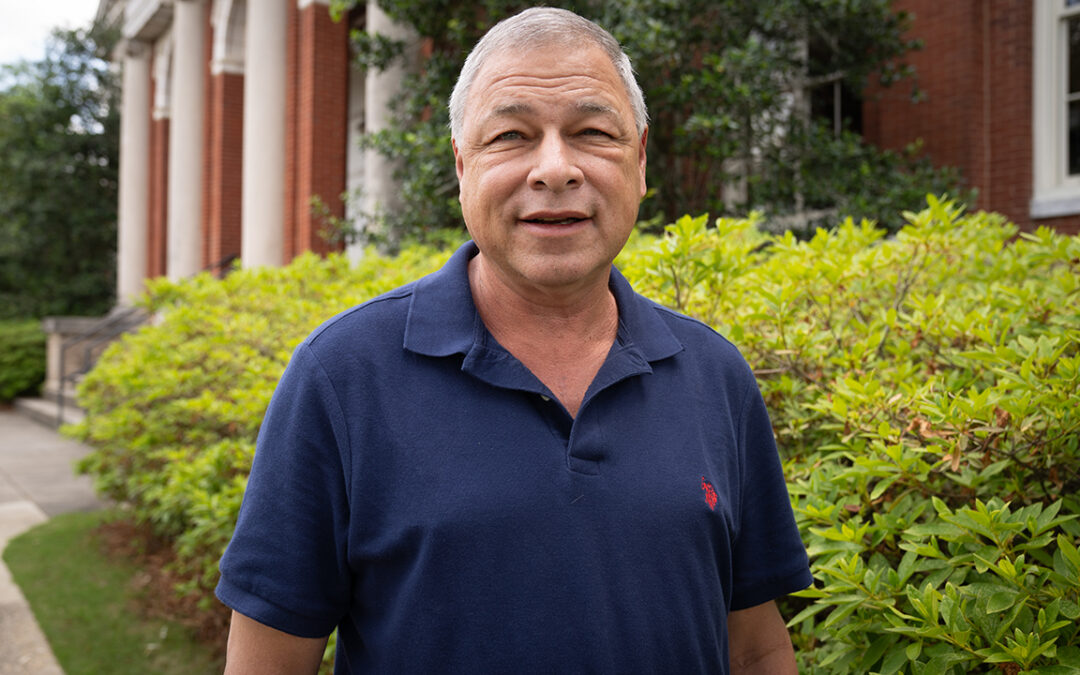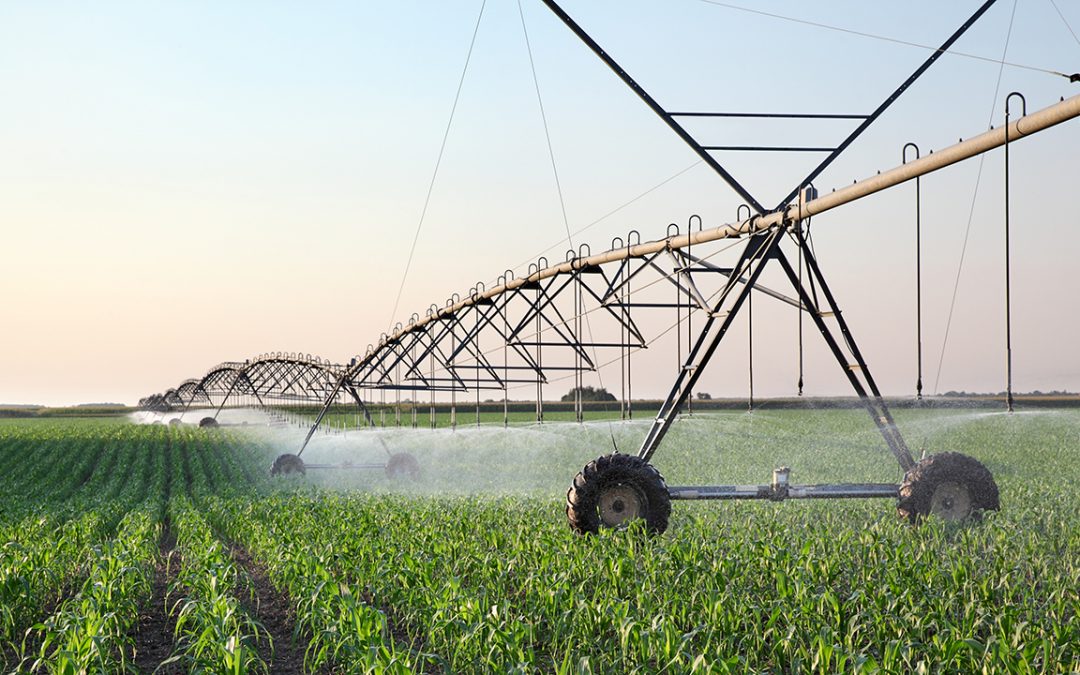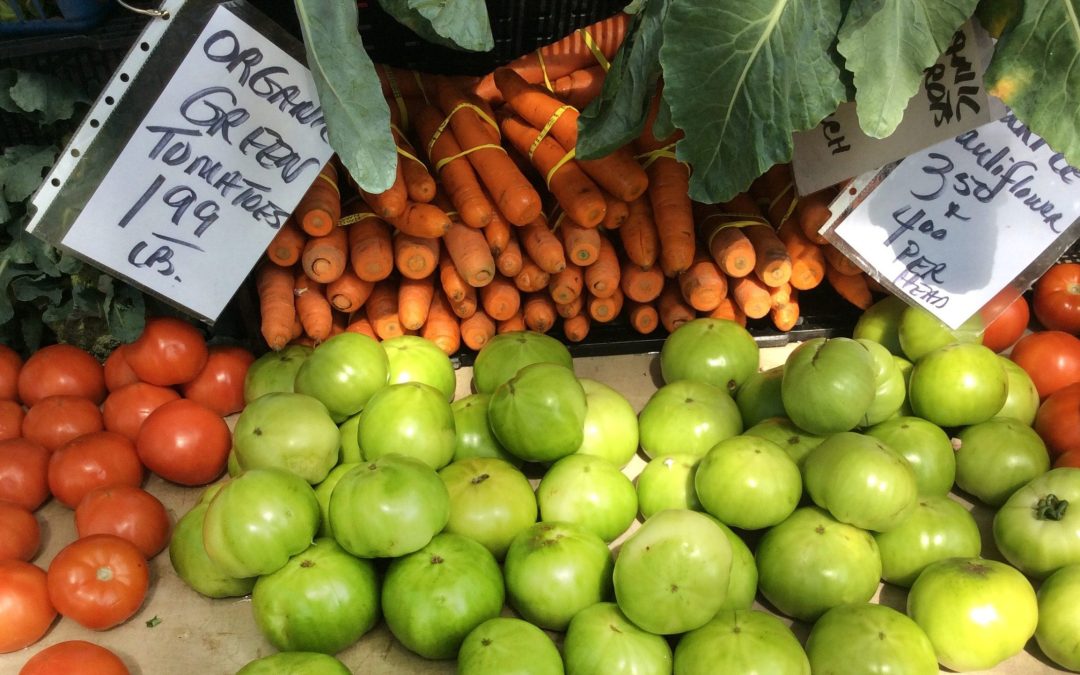
The Sand Mountain Elite Heifer Development Program saw several successes during its just-completed inaugural year.
by PAUL HOLLIS
A quality replacement heifer is the genetic building block for any cow herd and the key to profitability for cattle producers. But proper development requires many complex management decisions, along with adequate land and facilities.
The Sand Mountain Elite Heifer Development Program, which just completed its inaugural year, provides a potential solution to the challenges of raising quality replacement heifers, from both an economic and management standpoint.
The program is designed to introduce top-quality heifers—artificially inseminated from proven, calving-ease bulls—back into existing herds. It allows producers to send their animals to Sand Mountain Research and Extension Center in northeast Alabama to be developed and mated. After six months, the heifers are turned over to the owner, safe in-calf.
Getting heifers bred at 15 to 16 months and getting them rebred should be a goal for every cow/calf producer in Alabama, says Lisa Kriese-Anderson, Auburn University College of Agriculture associate professor of animal sciences and Alabama Extension specialist.
Kent Stanford, Alabama Extension specialist at the Sand Mountain Research and Extension Center, and Landon Marks, regional Extension agent for animal science and forages, coordinate and conduct the program.
Ideally, producers who participate in the program will see genetic improvement and, hopefully, stronger maternal traits in their cow herds, Kriese-Anderson says.
“The goal is to properly show north Alabama beef producers how to develop heifers on forages and how to use timed artificial insemination (AI) to get their heifers bred,” she says.
The heifer development program is actually a demonstration project, with all of the results being shared with participating producers.
“The big difference between what the research and extension center has and what producers don’t have are working facilities,” she says. “You need a working facility so you can easily do AI, vaccinations and other things, but a lot of producers don’t have them.”
The program—which runs from January to June—saw several successes in 2016, Kriese-Anderson says. Most importantly, management practices were performed that could be performed by any cow/calf producer in northeast Alabama on their own farm
“In early January 2016, 48 heifers from six area producers were delivered to the research and extension center,” she says. “The goals were simple: to have these heifers gain 1.75 to 2.25 pounds per day on winter grazing and be returned to their owners bred AI to a calving ease, growth bull in June.”
By the time the heifers arrived, there were 8 acres of stockpiled fescue, Texoma variety; 8 acres of Abruzzi rye; and 39 acres of Marshall ryegrass ready for grazing. The fescue stockpiling process began in August 2015 when the 8 acres were mowed and 60 pounds of nitrogen were applied per acre.
In October 2015, the rye and ryegrass were drilled into sod and 50 pounds of nitrogen per acre was applied. These pastures received an additional 30 pounds of nitrogen per acre in early March, and heifers were rotationally grazed.
Different forage types were made available to ensure forage was available from January through June. It was expected that the stockpiled fescue and rye would provide adequate forage early while ryegrass would persist longer into June.
Cost of grazing—including seed, herbicide, lime and fertilizer—was $99.50 per heifer, or $86.84 per acre. Heifers remained healthy throughout the program with only routine vaccinations, deworming and fly control needed.
Overall, heifers gained 1.88 pounds per day from January to June. On average, heifers weighed 618 pounds on delivery to the Sand Mountain facilities and left weighing, on average, 907 pounds.
“We were not pleased at the number of animals that were bred,” Kriese-Anderson says. “It was determined that 35 percent of the heifers were bred AI and another 35 percent were bred by the clean-up bull in late April. We’ll try a couple of different things this next year, including different bulls and different semen companies.”
Improving the quality of replacement heifers is vital to the future profitability of beef production in the Southeast, she says.
“Twenty-five percent of the U.S. beef cattle herd is in the Southeast,” she says. “When the calves are weaned at 7 months old, they’re all moved out West and into the food chain. When we breed our females, we’re determining how good that beef is going to be for the consumer.”
In 2015, the price of a pound of beef was 207 percent above that of a pound of chicken and 53 percent above the cost of a pound of pork.
“People like beef because of the taste,” Kriese-Anderson says. “If we are going to continue to be competitive—knowing that our protein source costs more—we need to make sure we’re producing the right kind of females that work here in the Southeast and also work for the consumer.
“If we can help producers put those preferable qualities in a female, make money for them, and make the consumer happy, then everyone wins, and that’s why projects such as this are so important.”
Producers interested in learning more about the heifer development program can contact Landon Marks at 256-706-0032 or mlm0013@aces.edu. Replacement prospects must be approved and an application process completed before to participate in the program.




